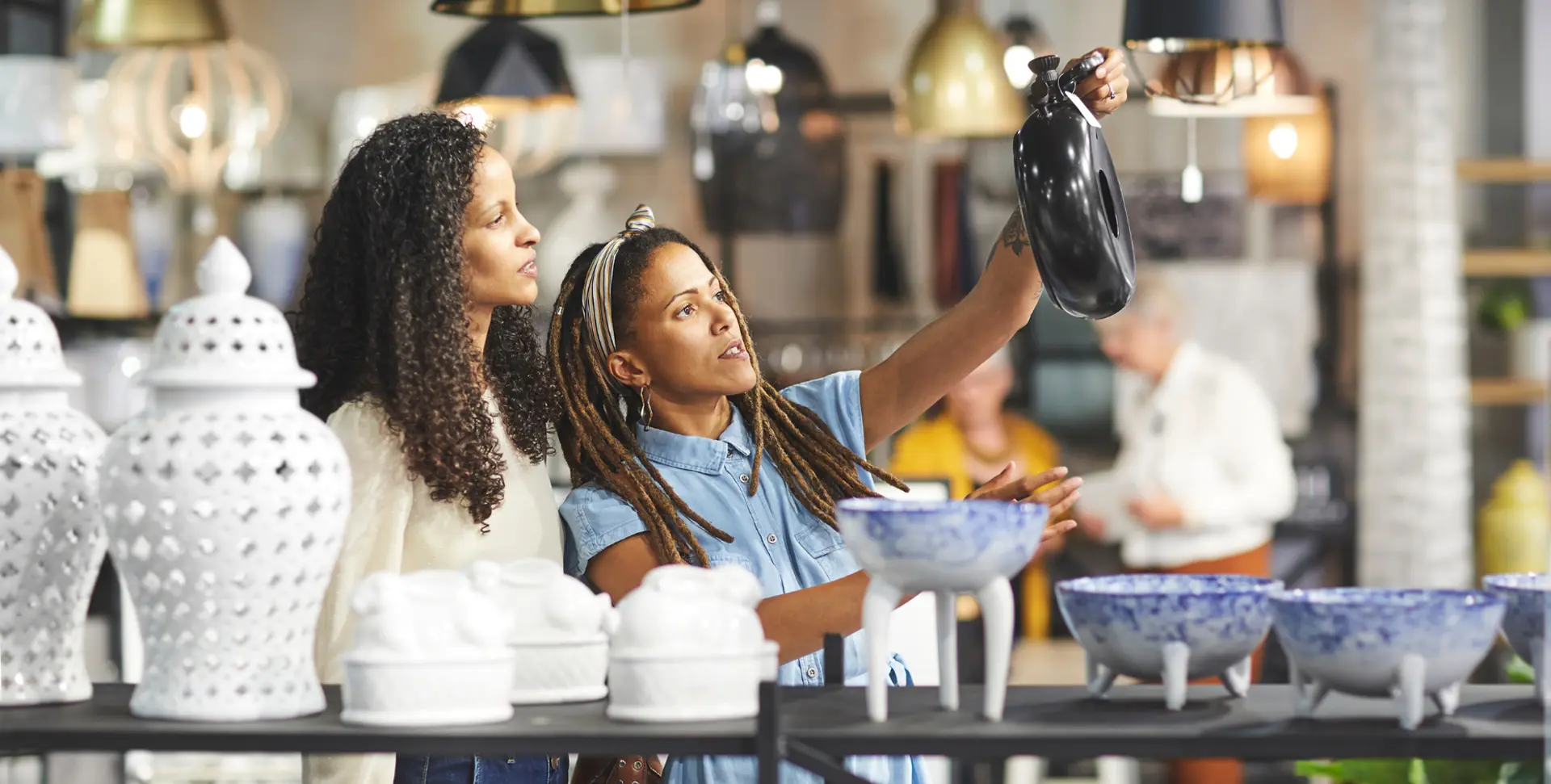From Hidden Bottlenecks to High-Performing Stores
Despite having a strong product line and steady weekend traffic, this home décor brand struggled to maintain weekday footfall and was stagnating in sales.
Their store was located in a high-rent zone but was buried in an upper floor — unseen by impulse buyers and ignored by passersby.
Worse, their product strategy wasn’t tailored to the new catchment audience post-pandemic.
We stepped in to deploy a retail growth strategy that prioritized data, systems, and customer behavior — not guesswork or campaigns.
The Growth Barriers We Identified
1. Poor Store Location Visibility
Foot traffic was low, despite being in a prime zone — because of its non-street-facing placement and poor external signage.
2. Lack of Target Audience Alignment
Inventory and merchandising were still built for a pre-pandemic customer profile. The area demographics had shifted, and their messaging didn’t match.
3. Limited In-Store Experience & Staff Accountability
There were no walk-through zones, unclear flow, and no team ownership of sections or zones — leading to missed conversions.
4. No Category Strategy or Retail Analytics
The product mix lacked segmentation by purpose or price band. No systems existed to track fast-movers, bundled items, or seasonal displays.
The Retail Growth Strategy: A Systems-Led Transformation
To reverse these problems, we executed a multi-layered retail growth strategy anchored in behavioral insights, retail planning, and in-store experience systems.
1. Market Research & Customer Segmentation
Conducted catchment analysis to identify new customer clusters
Interviewed past visitors and recent buyers to learn preferences
Used heatmap data to understand showroom engagement patterns
2. Retail Relocation + Visibility Strategy
Helped negotiate relocation to a more visible corner unit within the same commercial space
Designed street-view signage, with vertical brand placement visible from traffic zones
Enhanced lighting and window storytelling for day vs night engagement
3. Visual Merchandising & Staff Systems
Created themed micro-zones with high AOV combos
Designed a staff responsibility matrix for key categories
Installed customer flow SOPs — entry, inquiry, consultation, checkout
4. Category Strategy & Inventory Restructure
Reclassified products under: Essentials, Statement Pieces, Gifting, and New Arrivals
Introduced weekly fast-mover tracking + bundled display formats
Created monthly planning calendar tied to festivals, sales, and interior seasons
Results: A 60% Sales Growth Engine—Built on Strategy
Outcome | Result |
|---|---|
Sales Growth | 60% revenue increase within 6 months |
Footfall Uplift | 47% increase in weekday visits |
Conversion Rate | Up by 32% from walk-ins to purchases |
Customer Satisfaction | 88% NPS from in-store survey tracking |
Category Performance | 3X faster movement of bundled home accessories |
Operational Efficiency | Reduced inventory mismatch by 46% |
Is Your Home Décor Brand Facing the Same Barriers?
If your showroom isn’t converting like it should, it’s likely not your product — it’s your system.
This case proves the value of a retail growth strategy built on data, systems, and strategic relocation — not more ads or fancy campaigns.
Download our Retail Systems Playbook and find the gaps holding your growth back
Book a Retail Growth Audit and let’s fix what’s broken and scale what works
Let’s build a smarter, better-performing retail brand — from the ground up.
